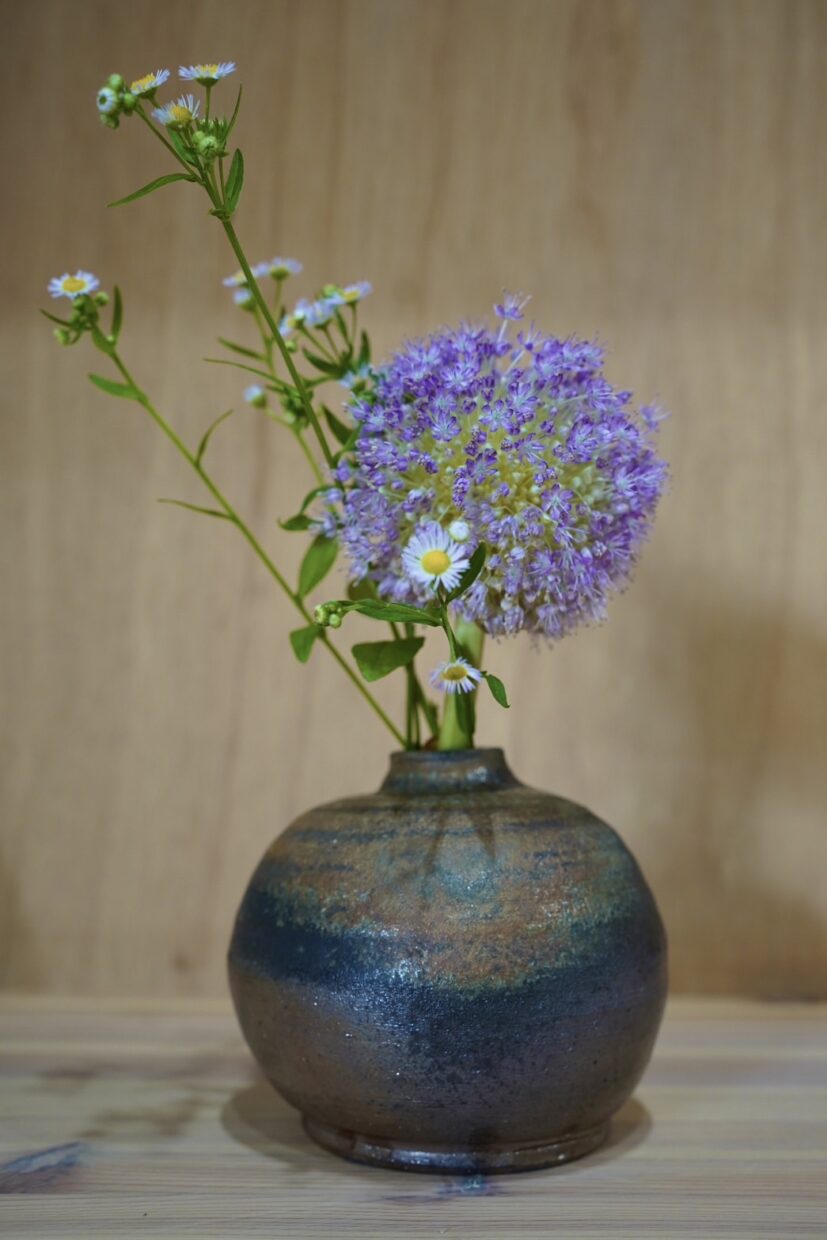
What is Nanban Luster? Exploring the appeal of pottery that is perfect for flower arranging
Basic Concepts of Nanban Raster
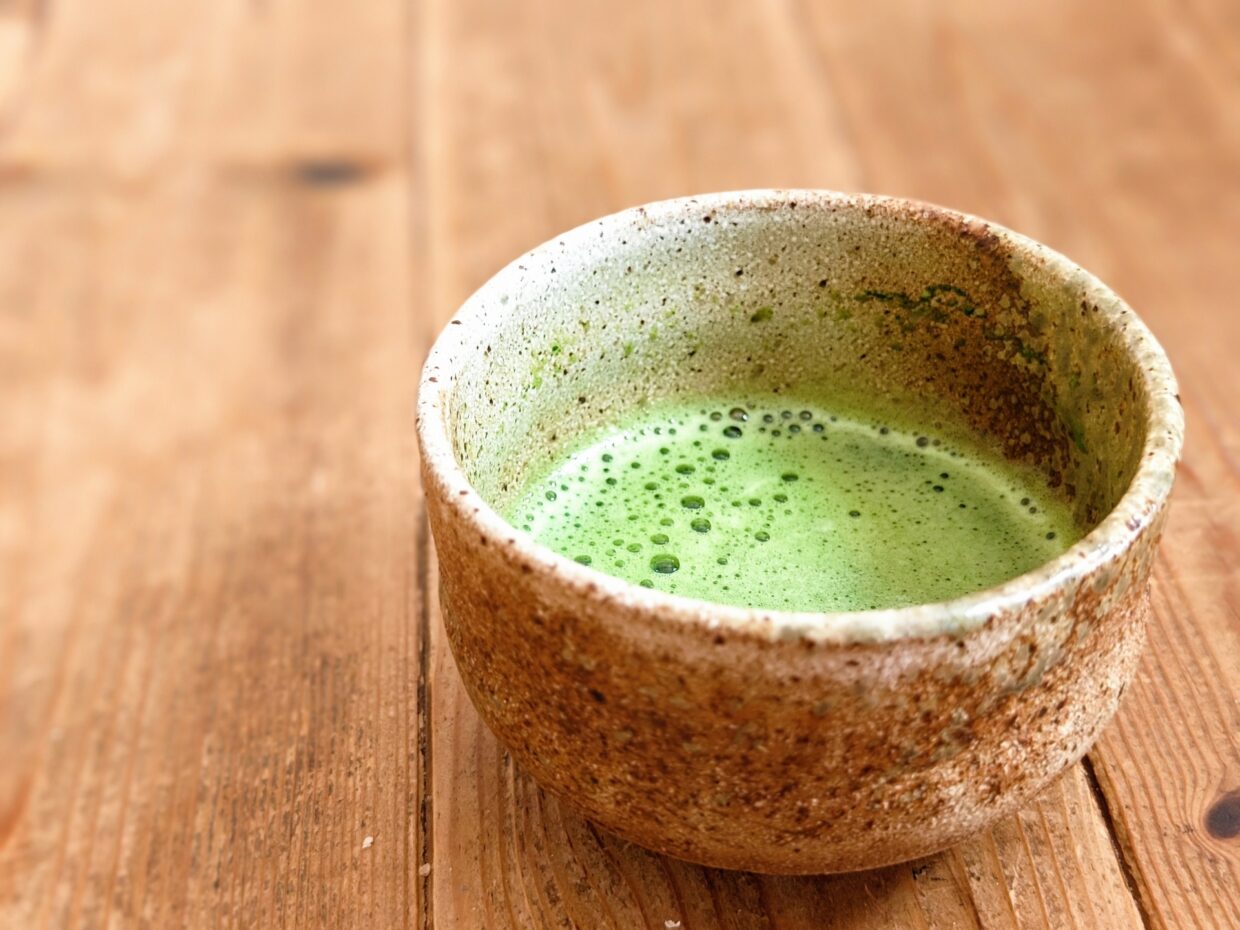
History and origins of Nanban raster
Nanban luster is one of the items that occupy an important position in Japanese pottery culture. Its history is long, dating back to the 16th and 17th centuries. This pottery, which was brought to Japan from Portugal and Spain through the Nanban trade, was originally known as “Nanban porcelain.” It was highly valued in Japan, especially in the tea ceremony and flower arrangement, and formed a unique aesthetic.
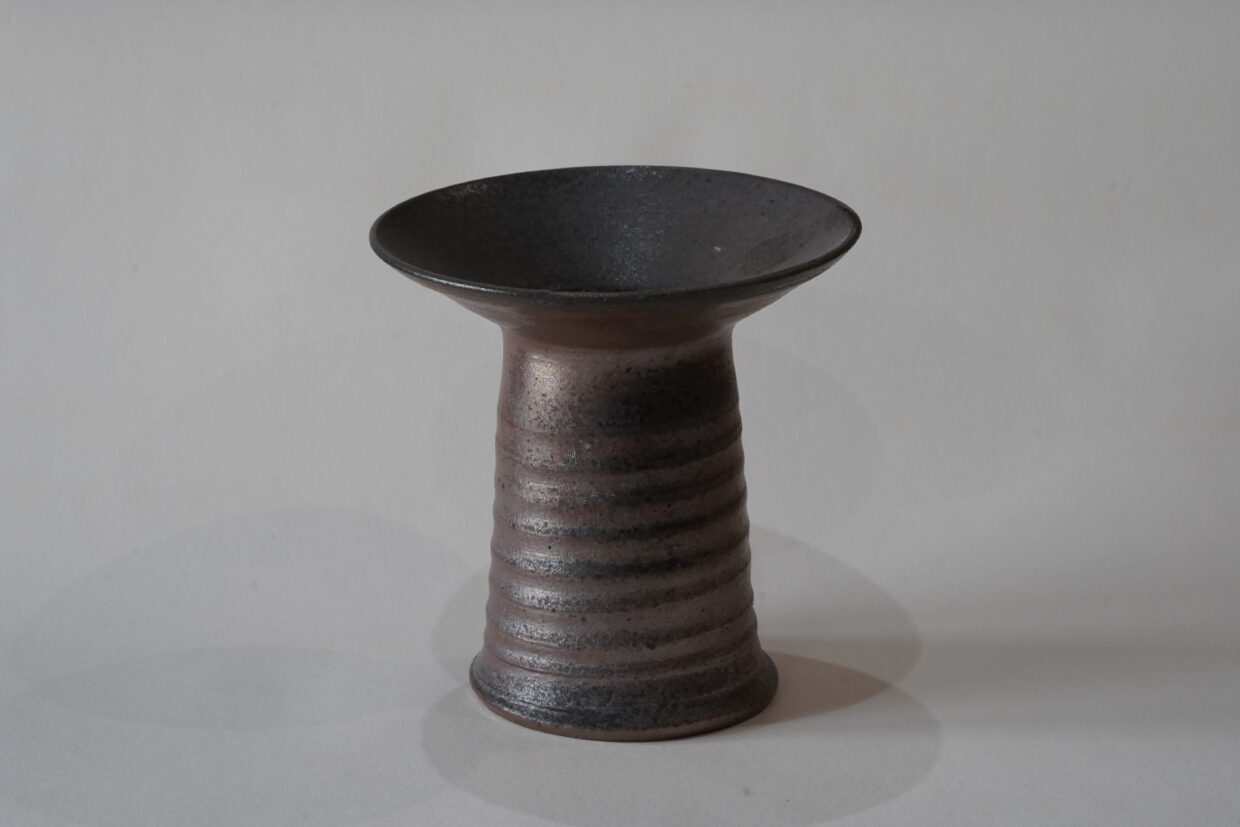
Main ingredients and manufacturing method of Nanban Luster
The production of Nanban luster requires precise technique and artistry. The main ingredient is high-quality clay, and it is characterized by the use of clay that is particularly rich in iron. The firing temperature, time, and glaze composition are all important factors in the production process, and they highlight the craftsmen’s many years of experience and skill. In addition, to produce unique colors and textures, the oxidation-reduction process is skillfully manipulated during firing. This creates the deep colors and textures that are unique to Nanban luster.
Characteristics of Nanban Raster
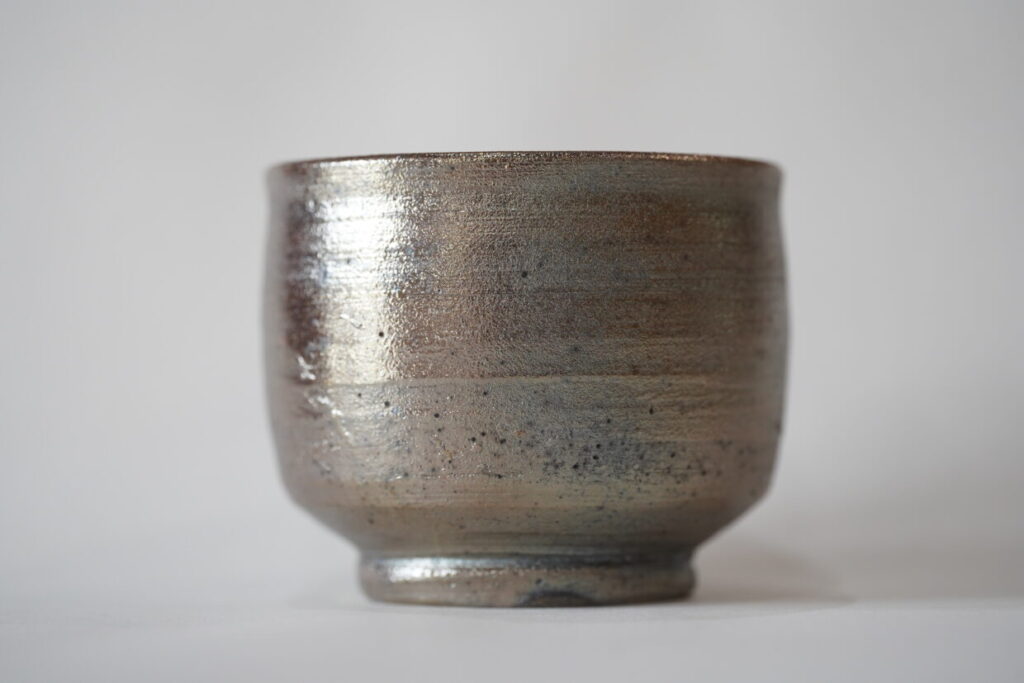
The allure of colour
One of the attractions of Nanban Lustre is its unique colors. The glaze applied by the artist by hand on the surface of the pottery (earthenware) shines brilliantly. This creates subtle individual differences in the coloring even for pieces with the same design, making each piece special. These unique colors also enhance the flowers in the flower arrangement, giving the whole arrangement a natural beauty.
Texture and finishing points
Nanban Lustre is also renowned for its texture. Although unevenness and pinholes may be found on the surface of the pottery, these are not defects in the product but can be enjoyed as part of the expression of the clay itself. In addition, the color of the product changes with use, so if you use it with dark-colored drinks such as coffee or red wine or food, you can enjoy the texture that deepens over time. Because the product is treated to seal the pores, it can be restored to its original color by bleaching it. This makes Nanban Lustre a product that combines practicality with beauty.
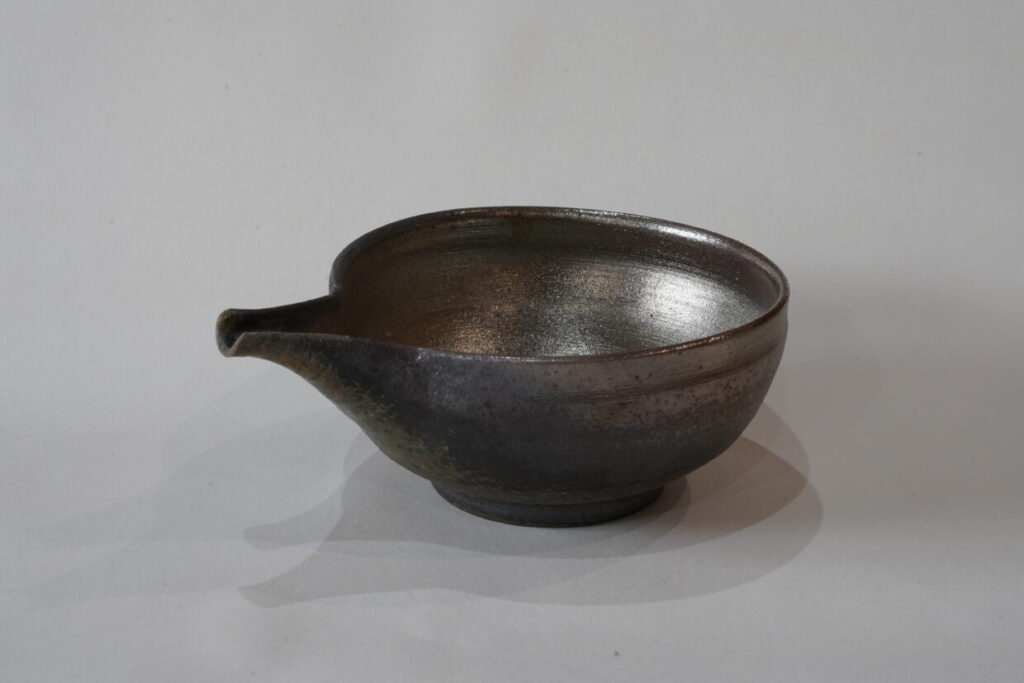
Uses of Nanban Raster
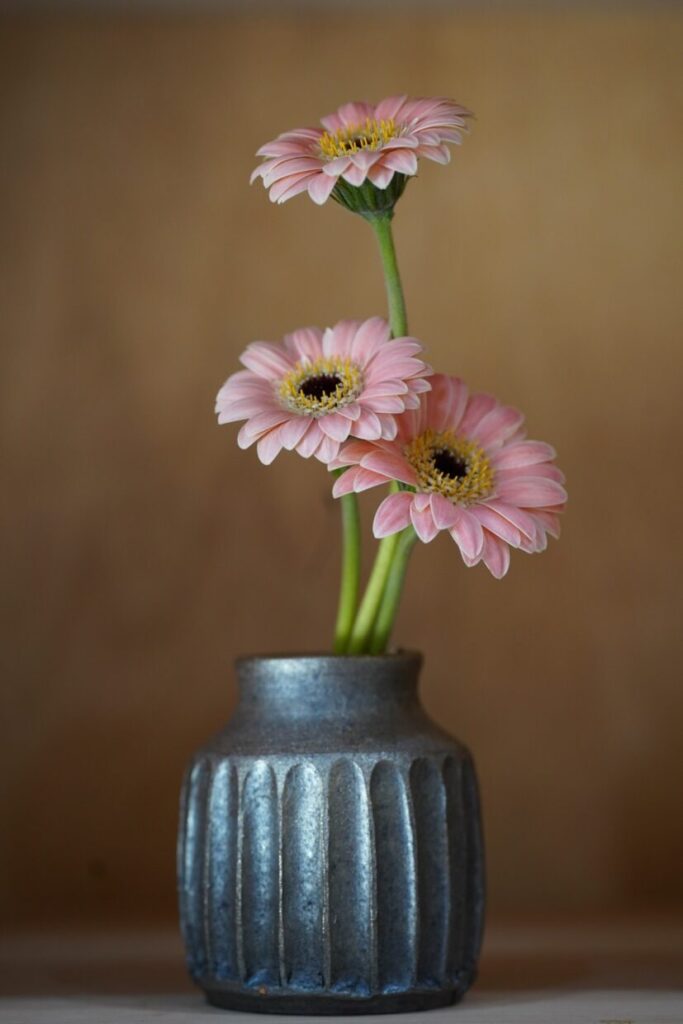
The role of Nanban luster in flower arrangement
Nanban luster plays a very important role in flower arranging. With its beautiful colors and unique texture, this pottery provides the perfect backdrop to highlight the beauty of flowers. For example, when arranging seasonal flowers, using a Nanban luster vase will make the vividness and texture of the flowers stand out even more. In addition, because Nanban luster is pottery, different shapes and the color development varies from one piece to another, so there are many options to choose from depending on the type of flower and the season.
A balance between practicality and decoration
Nanban luster is highly valued in the world of flower arranging not only for its beauty, but also for its practicality. Nanban luster vases are handmade by artists, so they have uneven surfaces and pinholes, which in turn add to their unique charm. They are also lightweight, easy to handle, and hold water well for flowers, making them highly practical. Furthermore, their unique colors and textures make them excellent decorative items that bring out the beauty of flowers to the fullest. The perfect balance between practicality and decorativeness makes Nanban luster the perfect choice for those who enjoy flower arranging.
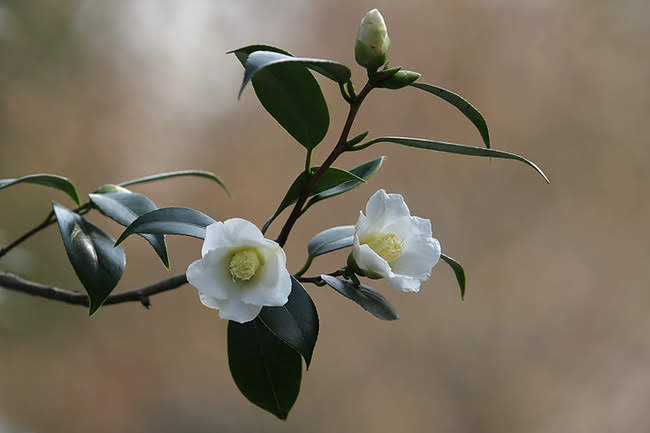
Famous Nanban Luster Products
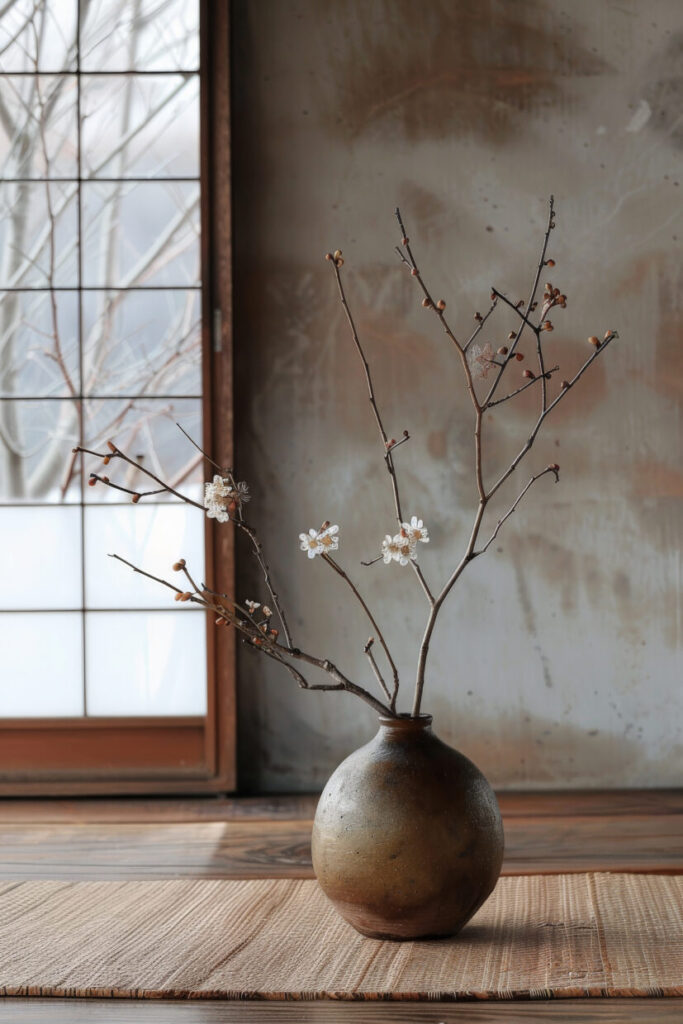
Representative vases and their characteristics
One of the most well-known products of Nanban luster is the flower vase. These vases are especially highly valued in the art of flower arranging. Nanban luster vases are characterized by their rich colors and unique texture, which sets them apart from other types of pottery. Because these vases are handmade, each one is subtly different in color and shape, giving them a truly one-of-a-kind presence. Also, depending on the nature of the clay used, unevenness or pinholes may appear on the surface, but this is seen as a unique charm of Nanban luster.
Other Popular Products
Other popular Nanban Lustre products include plates, bowls, and cups. All of these products are also handmade one by one, and you can enjoy their unique color and texture every time you use them. You can especially enjoy the change in color when serving coffee or red wine. These products are also popular with many enthusiasts because of the expressive finish that is characteristic of pottery.
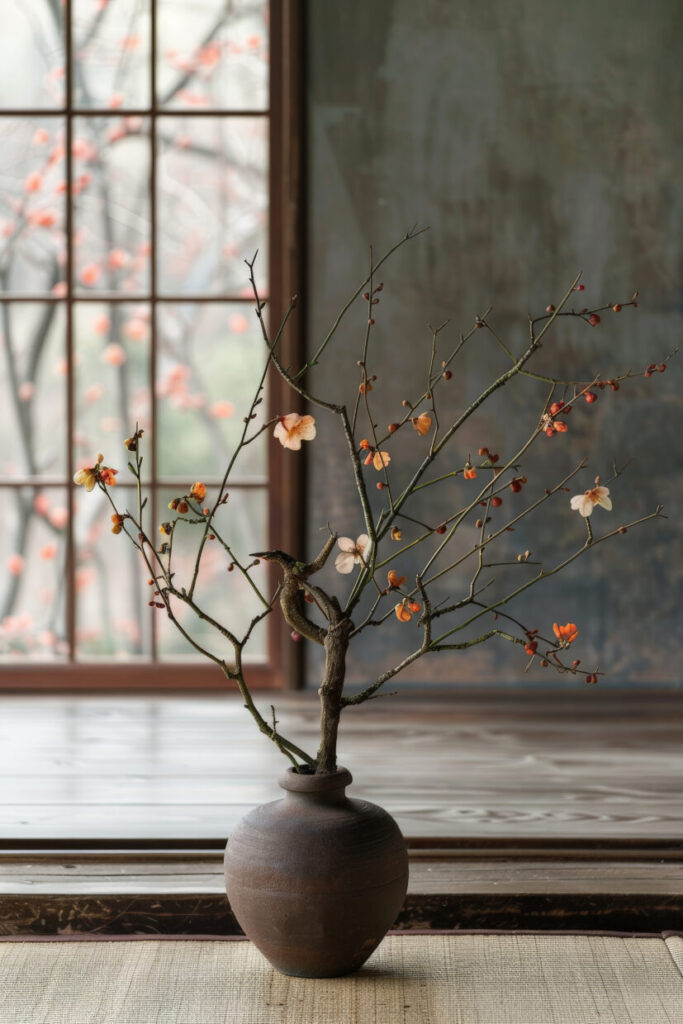

leave a comment